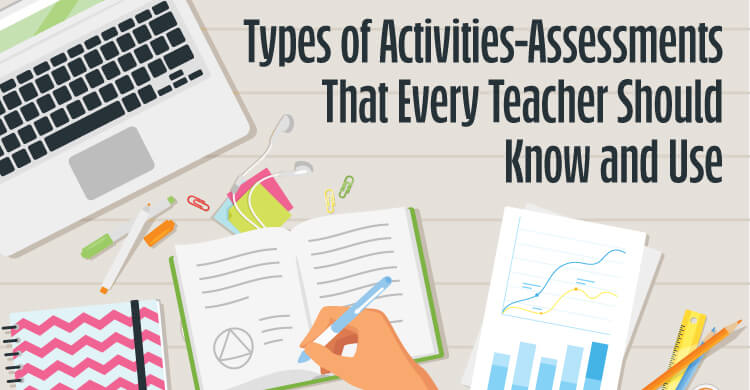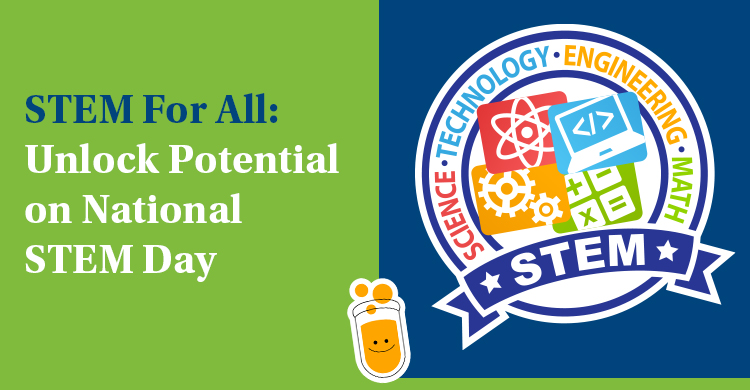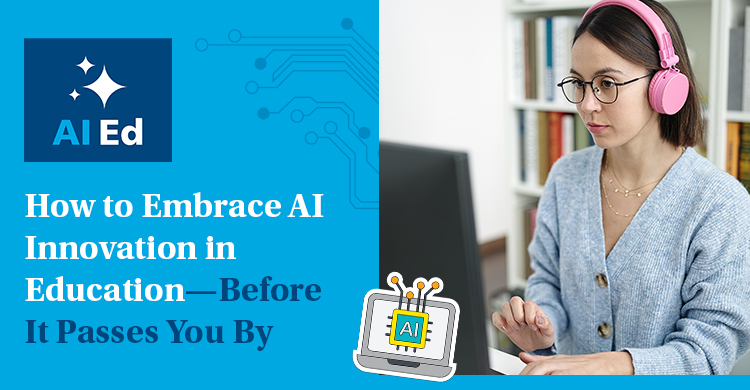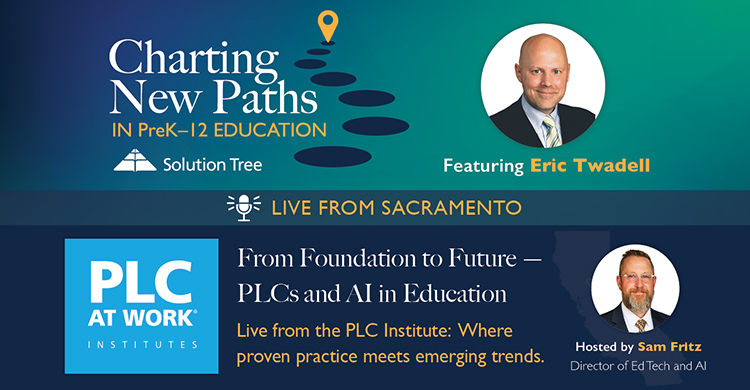What kinds of activities best prepare students for a changing and uncertain world? I would like to suggest that four powerful types of activities, each of which can also be used as assessments, should be part of an arsenal of tools that all teachers should develop in order to prepare students for their future. Each incorporates opportunities for students to develop key ideas and understandings, a critical knowledge base, and core reading, research, communication, thinking, and collaboration skills. Each can be adapted for all grade levels.
Open-Ended Assignments
Open-ended assignments pose questions and offer activities that lead students to think and explain rather than give simple yes or no answers (Gardner, 2005). They can be used to provoke interest and curiosity in what is to be learned, to teach content and critical skills, and to provide opportunities for independent and deeper learning. They often provide students with writing opportunities and/or a chance to participate in discussions with multiple possible responses. They are also designed to create new ways of thinking about problems and challenges, allow for alternative possibilities and options, and enable students to be innovative and to think outside the box.
Some examples of open-ended assignments are for students to:
- Explain the causes of a historical event in their own words
- Suggest various ways to solve a mathematical problem
- Create a graph and explain it to the class
- Draw their own conclusion from the results of a scientific experiment
- Develop an interpretation of an essay, book, or primary source
- Develop their own responses to a question posed in a foreign language
- Write a persuasive essay arguing for a point of view on a controversial topic
- Develop their own interpretive artwork or musical composition
- Write an essay or reflective piece in a format and style of your own choosing
- Write an original poem on a topic being studied
Open-ended assignments can also be used to provide feedback that helps a student improve his/her work (e.g., persuasive writing, discussion techniques), or to assess whether students have reached a level of expertise that demonstrates successful achievement (formative and summative assessments).
Performance Tasks and Projects
Performance tasks and projects are activities in which students investigate and pursue answers to interesting, relevant questions and problems. They “. . . allow teachers to gather information about what students can actually do with what they are learning—science experiments that students design, carry out, analyze, and write up; computer programs that students create and test out; research inquiries that they pursue, assembling evidence about a question that they present in written and oral form” (Darling-Hammond & Adamson, 2010, p. 8). Students usually complete and share a product and/or a performance, such as a research paper, solution to a problem, theatrical performance, poster, brochure, diorama, design, or artwork, and often make a presentation on the results of their work to other students or to an outside group of community members.
A key way to assess performance tasks and projects is to develop and share rubrics with students. A rubric is an evaluative and feedback tool that describes the criteria for and characteristics of good work, with each criterion or characteristic usually broken down in terms of levels of excellence. A rubric is often used to evaluate the work of students both for grading purposes and as a way to provide students with feedback to help them improve their work and move on to the next level. Some of the common characteristics often evaluated through performance assessments and project rubrics include how well students can:
- Organize and manage their learning
- Conduct research
- Organize knowledge and form patterns
- Creatively solve problems
- Work in groups
- Write a research paper, essay, persuasive argument, or op-ed piece
- Demonstrate understanding through the creation of a poster, diagram, plan, film, or podcast
- Participate effectively in discussions
- Create and make presentations to others
One special type of performance task or project is a passion project—a student-designed project built around a student’s own interests (Lester, 2016). A passion project can be developed around an author of interest, a career interest, a topic within a subject area, a musical or art interest, or a hobby. Passion projects can be part of the classroom or school experience at any level or can be used as a culminating graduation project to assure that students have developed lifelong learning skills.
Visual Learning Tools
Visual learning tools enable students to represent ideas and relationships graphically and enable teachers to assess whether students can display their understandings and ideas in a visual way (McTighe and Silver, 2020; Hyerle, 2009). “These acts of transformation take students from the basic information found in texts to the highest orders of thinking seamlessly, from connecting concrete facts and vocabulary to the abstract conceptual understandings that are the basis for learning knowledge in every discipline” (Hyerle, 2009, p. 2). “These strategies are powerful because they tap into students’ natural tendency for visual image processing, which helps them to construct meaning of relevant content and skills and have a better capacity to recall it later” (Dean, Hubble, Pitler, and Stone, 2012, p. 64). Multiple types of visual tools have been developed, including webs, decision trees, analysis charts, before-and-after reading charts, story maps, and many more (McKnight, 2010, 2013).
One type of visual learning tool that is useful for both formative and summative assessment is the creation of mind maps. Mind maps give students the opportunity to organize and demonstrate their thoughts around a central idea. They enable students to show their thinking at a given point in time, and teachers can “get a full picture at a glance and see what is missing” (Tanguay, 2020). In mind mapping, teachers provide students with a sheet of paper that only has a central circle with a topic under study or a key concept in it. Students then show their conceptual understanding and thinking about that topic or concept by adding their own terms, concepts, and ideas, with lines and words depicting relationships and connections. The mind maps that are created provide a representational picture of student understanding and thinking at any given point in time.
Self-Reflections
Self-reflection activities enable students to summarize and explain their thoughts and experiences and articulate, demonstrate, and reflect on their learning through journals, structured activities, and reflective essays. Self-reflections can help students explain their understandings and develop knowledge connections and relationships. Students can use self-reflections to develop their own analyses or interpretations of what they are learning, dig deeper into their learning, and apply their learning to new and novel situations. Students can also use self-reflections to develop and present summaries and analyses of their learning to others.
The following are specific examples of the types of self-reflection activities that teachers might assign at any time during the K–12 experience and in any of the phases of instruction.
- What I learned: Students share their perceptions of their most important learning from, for example, a daily lesson, a unit, a course, or a grade level, or on graduation. Sample questions follow.
-
- What did you learn today (this week, this year)?
- What were your most important academic learnings?
- What understandings, skills, attitudes, and values have changed you and made a difference in your life? Why have these made a difference?
- My experiences: Students reflect on their learning experiences and share the high and low points and their growth as individuals, such as through the following.
-
- What do you like best about the learning experience? What would you like to change?
- Reflect on your recent learning experiences. What were the high points? The low points? How do you see yourself changing?
- Individual talents and interests: Students reflect on their own interests and talents through the following questions.
-
- What can you do well? What would you like to do better?
- Write an autobiographical statement that outlines your current strengths, talents, and interests, both inside and outside school.
- Plans for the future: Students consider their next steps and short- and long-term goals for the future.
-
- Develop a plan for your future, indicating the next steps and your short- and long-term goals. The plan should include research about future educational goals and career options.
———
In sum, I propose that the four types of activities described above—open-ended assignments, performance tasks and projects, visual organizers, and self-assessments—are critical activity and assessment tools that promote student curiosity, meaningful learning, relevant skill development, metacognitive development, authentic learning, and ongoing feedback to support a growth mindset and improved learning. Every teacher should have these four tools in their repertoire of teaching strategies to use when appropriate.
For more about these four types of activities/assessments, read chapters 2 and 3 in Teaching for Lifelong Learning: How to Prepare Students for a Changing World (2021, Solution Tree Press).
References
Darling-Hammond, L., & Adamson, F. (2010). Beyond basic skills: The role of performance assessment in achieving 21st century standards of learning [Research brief]. Stanford, CA: Stanford Center for Opportunity Policy in Education. Accessed at https://edpolicy.stanford.edu/sites/default/files/beyond-basic-skills-role-performance-assessment-achieving-21st-century-standards-learning-executive-summary_0.pdf
Dean, C., Hubbell, E. R., Pitler, H., & Stone, B. (2012). Classroom instruction that works: Research-based strategies for increasing student achievement (2nd ed.). Alexandria, VA: Association for Supervision and Curriculum Development.
Gardner, T. (2005). Traci’s 34th list of ten: Ten tips for designing writing assignments [Blog post]. Accessed at www.tengrrl.com/tens/034.shtml on July 13, 2020.
Hyerle, D. (2009). Visual tools for transforming information into knowledge (2nd ed.). Thousand Oaks, CA: Corwin Press.
Lester, J. (2016). The passion project: A teacher’s guide for implementing passion projects in your classroom. Marion, IL: Pieces of Learning.
McKnight, K. S. (2010). The teacher’s big book of graphic organizers: 100 reproducible organizers that help kids with reading, writing, and the content areas. San Francisco: Jossey-Bass.
McTighe, J., & Silver, H. F. (2020). Teaching for deeper learning: Tools to engage students in meaning making. Alexandria, VA: Association for Supervision and Curriculum Development.
Tanguay, M. (2020). How to mind map to visualize ideas (with mind map examples). Accessed at www.lifehack.org/articles/work/how-to-mind-map-in-three-small-steps.html on December 1, 2020.






